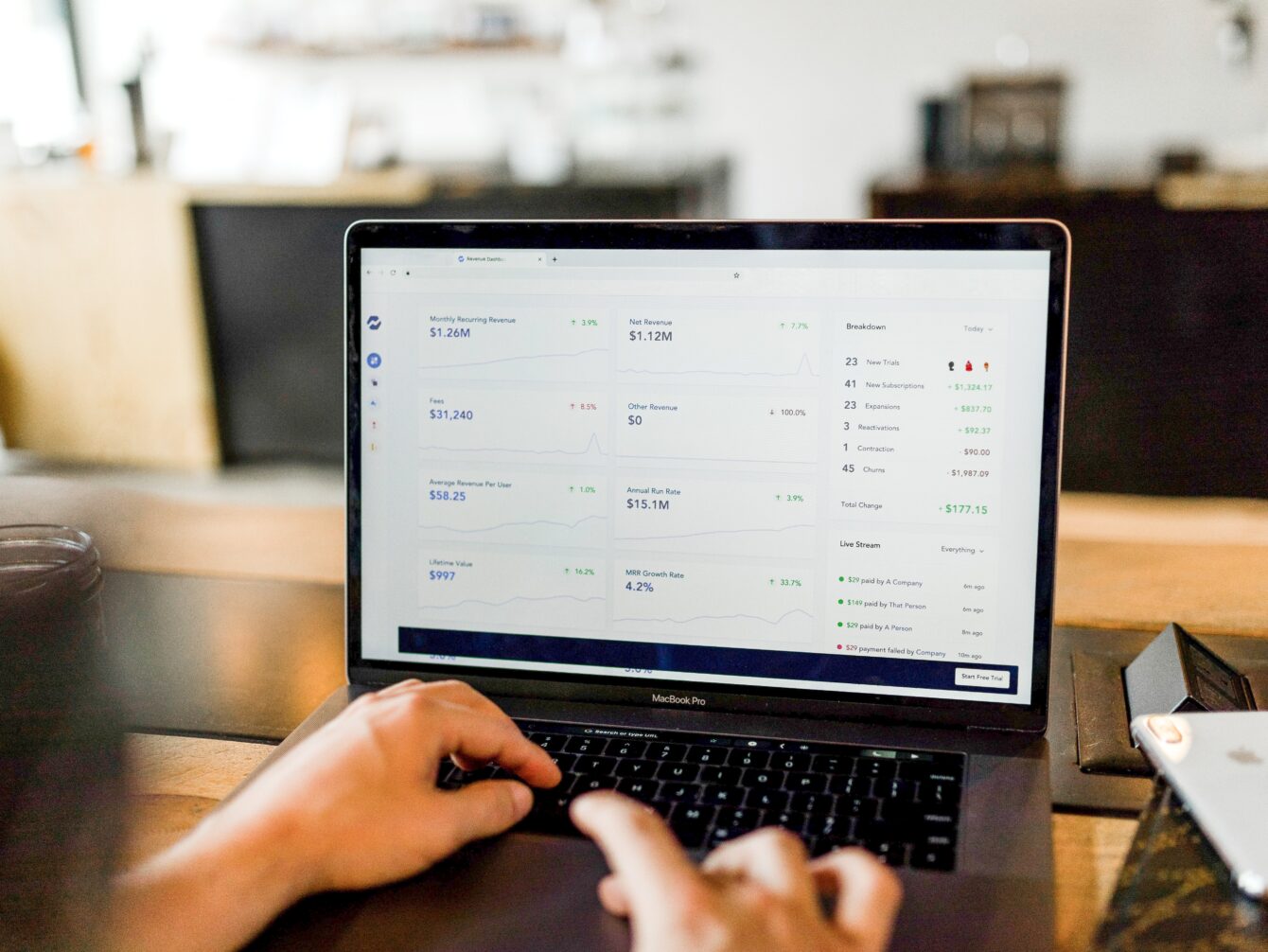Increasing Conversion Rates with Custom Landing Pages: A Software Development Approach
If there’s a common denominator for success in today’s online marketplace, it’s the conversion rate. A pivotal tool for increasing these rates is the humble landing page, an element often overlooked, yet instrumental in a consumer’s decision-making process. The more bespoke and engaging these pages are, the higher the likelihood of successful conversions. Let’s delve into the software development approach to creating custom landing pages that not only intrigue but also lead to action.
The Intersection of Design and Engineering
Creating an effective landing page involves a fine blend of design and engineering prowess. It’s about visual appeal, intuitive interfaces, and efficient code – essentially, an amalgamation of form and function. The aesthetic elements capture users’ attention while the underlying technology ensures a seamless, enjoyable browsing experience. By tailoring both aspects to suit target demographics, businesses can harness the power of personalized user experiences, leading to increased engagement and conversion rates.
Benefits of Custom Landing Pages
Custom landing pages offer numerous advantages over generic, one-size-fits-all designs. First and foremost, they allow businesses to convey a unique, focused message directly to a specific audience segment. This clarity and directness make users feel acknowledged and catered to, which can significantly improve the likelihood of conversion.
Furthermore, custom landing pages are fully adaptable to the unique needs of a brand or campaign, unlike their generic counterparts. They can be optimized for SEO, designed to match branding guidelines, and most importantly, engineered to perform flawlessly across different devices.
The Role of A/B Testing
A/B testing is an integral part of the custom landing page development process. This methodology involves creating two versions of a page and then assessing which performs better. By continuously refining and improving landing pages based on real-world feedback, businesses can ensure that their landing pages are as effective as possible.
Leveraging Data and AI
Artificial Intelligence (AI) and machine learning are revolutionizing how businesses approach landing page design. By leveraging user data and AI algorithms, businesses can create hyper-personalized landing pages that adapt in real-time to each visitor’s preferences and behaviors. This level of personalization can dramatically increase conversion rates.
Additionally, AI can be used to automate many aspects of landing page creation and optimization, freeing up valuable time for marketing and engineering teams to focus on strategic decision-making.
The Power of Responsive Design
A critical component in the software development approach to landing pages is responsive design. In a world where consumers use multiple devices to access content, landing pages must render effectively on all screen sizes. This versatility is paramount to user experience and can influence the engagement and conversion rate significantly. A landing page that flawlessly adjusts to the visitor’s device will keep users engaged longer and reduce bounce rates, improving the likelihood of conversion.
Integrating Social Proof
Another key aspect to boost conversion rates is the integration of social proof. Social proof, in the form of reviews, testimonials, or endorsements, helps build trust and credibility with potential customers. By incorporating such elements into your landing page design, you provide reassurance to visitors about your product or service’s value, which could motivate them to take action.
Harnessing the Power of Visual Hierarchy
Visual hierarchy refers to the arrangement or presentation of elements in a way that implies importance. A well-implemented visual hierarchy guides the visitor’s attention to key elements first, like your value proposition, call to action (CTA), or a special offer. This technique can make the difference between a quick glance and an engaged visitor who converts.
Personalization Beyond User Preferences
While AI and machine learning are fantastic for creating a personalized experience based on user preferences, there’s an added layer of personalization that can improve conversions. Geolocation data can tailor content to a visitor’s specific location, creating a more relevant user experience. Whether it’s adjusting language, showcasing location-specific products, or demonstrating how your offerings fit into their local context, geolocation-based personalization can enhance engagement and conversion.
Utilizing Progressive Disclosure
Lastly, progressive disclosure, a strategy where information is delivered in chunks to keep the user from feeling overwhelmed, can be incorporated. For complex products or services, it’s essential to use this tactic to guide users through the offering in a simplified and engaging manner. Progressive disclosure allows for a clean and focused landing page that leads the visitor on a journey, ultimately encouraging conversion.
In the fiercely competitive digital world, a well-crafted landing page can be a game-changer. Integrating design and engineering with a sprinkle of AI and data analysis can result in bespoke landing pages that resonate with your audience and lead to higher conversion rates.
So, whether you’re a Marketing team looking to optimize your next campaign or a Product/Engineering team seeking to enhance user experience, custom landing pages offer a dynamic and effective solution. Remember, every click, every scroll, and every second a visitor spends on your page could be the deciding factor in your conversion success.




